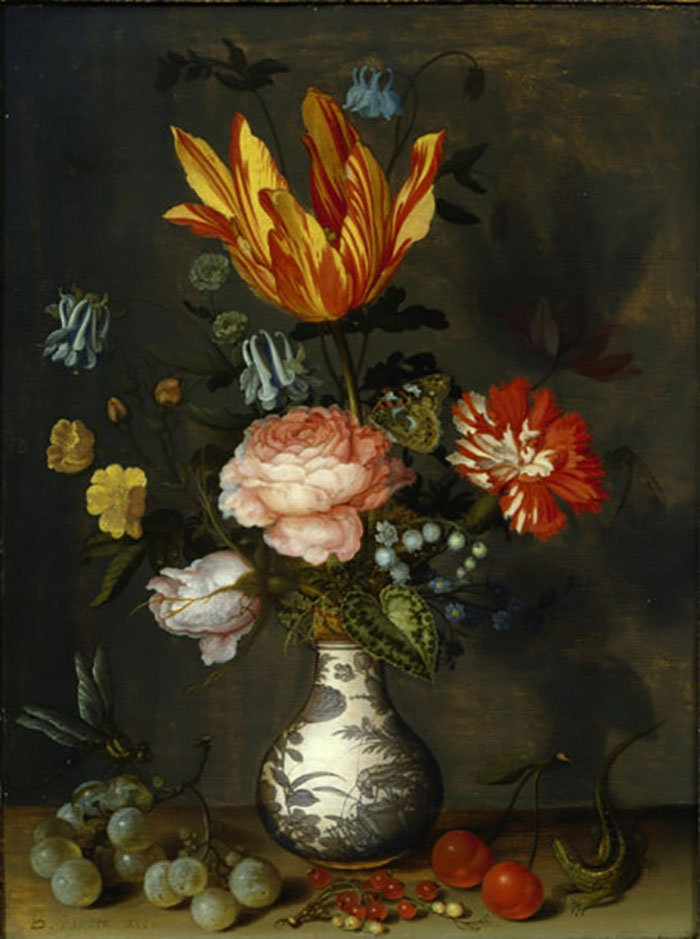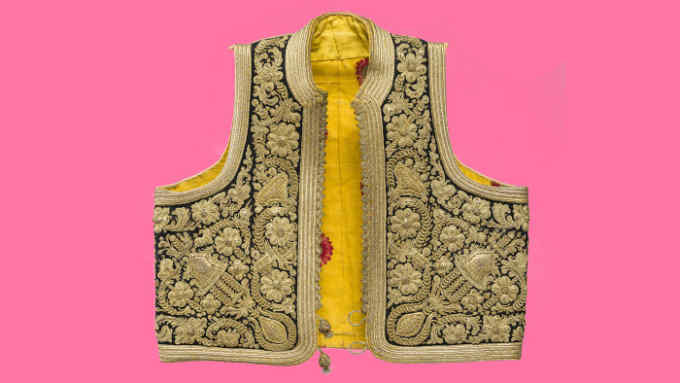Art Loss Register: the world’s largest database of stolen and missing art

Roula Khalaf, Editor of the FT, selects her favourite stories in this weekly newsletter.
In a quiet corner of Tefaf Maastricht’s Works on Paper section — not far from the FT stand, in fact — you’ll find the booth of the Art Loss Register. It’s easy to walk past with barely a second glance. But the Register is, in its way, crucial to the operation of the fair and others like it. Acquire a work bearing an ALR certificate and you’re also acquiring assurance that the piece you’ve just bought isn’t listed as stolen, looted or otherwise dubious. Little by little, they are opening up the way the art market works.
Will Korner, the ALR’s Art Fairs Manager, laughs when I suggest that the organisation is the art world’s police force. “We don’t have any legislative power,” he reminds me, pointing out that he and his 14 colleagues work alongside law enforcement, insurers, auction houses, dealers, museums and many other organisations. “There are no SWAT teams.”
But the ALR does have a secret weapon: what it claims is the world’s largest database of missing art. Continually updated and currently numbering some 700,000 items, from vintage earrings to Greek statues and Impressionist paintings, it aims to provide a global picture of works that aren’t where they ought to be, or whose ownership is under investigation. Thefts can be logged, and items with questionable provenance or uncertain legal title cross-checked.
“Our job is essentially to provide a due-diligence service,” explains Korner. “Every dealer thinks they’re trustworthy, of course, but we’re part of the checking process. How far back does the provenance go; did the work go missing between 1933 and 1945; does the seller have good title? They’re all part of the system.”
As well as collaborating with around 130 auction houses globally, much of the ALR’s work is one-off cases. Individuals or museums pay £70 to submit photos and details of the piece they want to verify, so the database can be searched. Some 400,000 queries are run annually. But increasingly the company is being hired by major fairs like Tefaf to ensure that everything on sale is checked (this year, in excess of 8,000 objects).
“The fair organisers want to have the best possible event, and vetting is an important part of that,” says Korner. If something is flagged, it can be removed from sale until more information is acquired. In extreme cases, an object can be seized by the police for further investigation, and ultimately restored to its rightful owner.
Problems at fairs are rare, but do occur, says Korner: “At Tefaf in 2004, we found a still life by [the Dutch painter] Balthasar van der Ast that had gone missing from the Suermondt Ludwig Museum in Aachen in 1945. It took a lot of research to find the rightful owner.” The painting finally made its way back to the museum in 2017.
Outside the fair circuit, among the works returned in recent years are a sculptural fragment that went missing from the National Museum of Kabul and turned up at auction in the UK, Roman marble torsos looted during the Lebanese civil war, and a stash of paintings recovered from a house in Denmark 16 years after they were stolen.
Though it does do pro bono cases, the ALR isn’t a charity, and there has been controversy about the way it operates, in particular the fees charged when works are recovered (typically, 20 per cent of the sale value). Korner observes simply that “due diligence cannot be carried out without a significant investment of time”, and that fees for recovery work are agreed in advance.
And it’s hard to argue that more scrutiny of the art market — notoriously, one of the least regulated and transparent markets there is — can ever be bad. With renewed debates about repatriation of colonial-era objects and antiquities looted from warzones, it feels like ethical issues have rarely been so widely discussed. “There’s much more awareness, even than five years ago,” agrees Korner. “To me, that can only be a good thing.”
Follow @FTLifeArts on Twitter to find out about our latest stories first. Listen to our culture podcast, Culture Call, where editors Gris and Lilah dig into the trends shaping life in the 2020s, interview the people breaking new ground and bring you behind the scenes of FT Life & Arts journalism. Subscribe on Apple, Spotify, or wherever you listen.

Comments